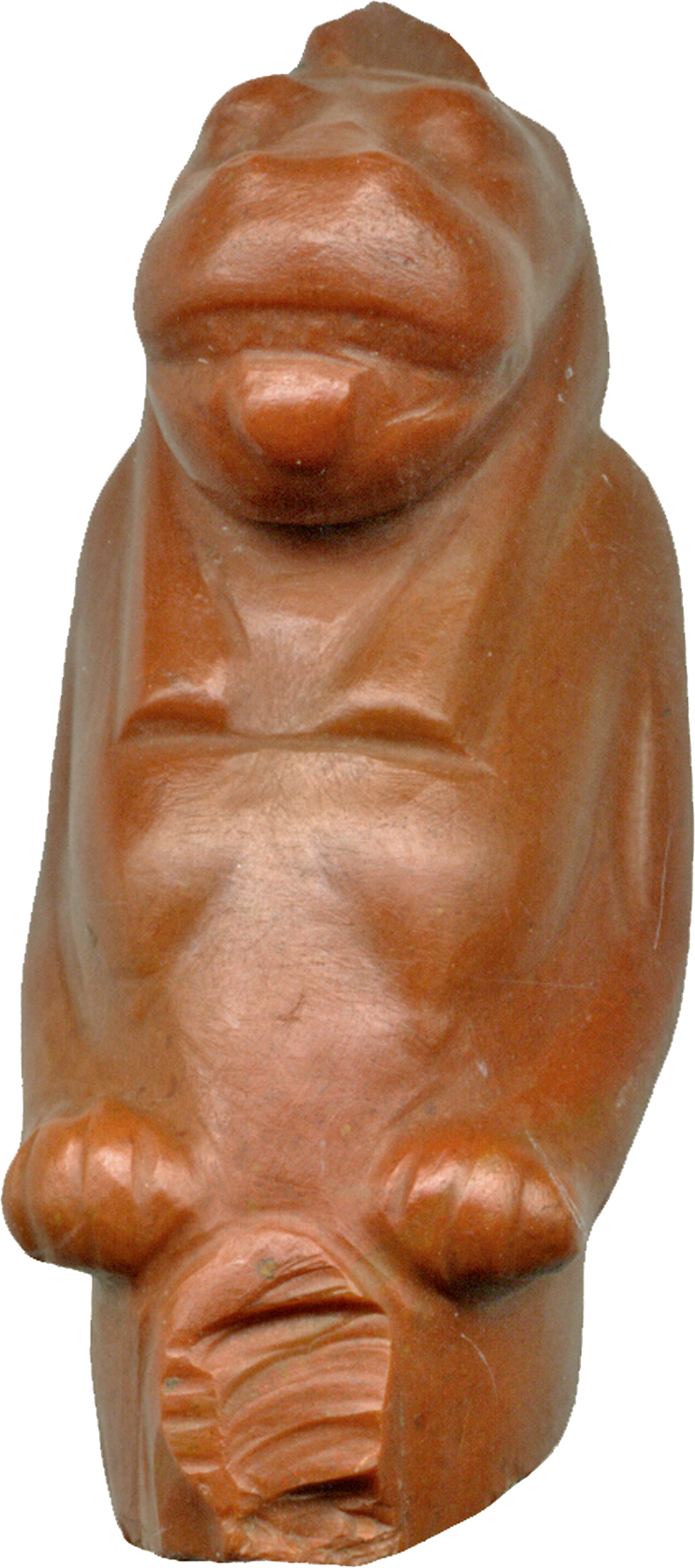|
Apt (Egyptian)
__NOTOC__ Apt, in Egyptian, may refer to: * '' wpwtj'' or ''jpwtj'', sometimes called ''Aput'', ''Ȧp-t'', or ''Ȧpu-t'' in outdated literature, the Egyptian word for ‘messenger’, sometimes used as an epithet for various gods. * Ipet, sometimes called ''Ȧpit'', ''Apt, Apet, Aptu, Epet, Opet, or Ȧpȧpit'' in outdated literature, a hippopotamus goddess commonly identified with Taweret. References Citations Bibliography * * * ''See also'': Liber 777, revised 2003, p. 7 Egyptian gods {{AncientEgypt-stub ... [...More Info...] [...Related Items...] OR: [Wikipedia] [Google] [Baidu] |
Egyptian Language
The Egyptian language or Ancient Egyptian ( ) is a dead Afro-Asiatic language that was spoken in ancient Egypt. It is known today from a large corpus of surviving texts which were made accessible to the modern world following the decipherment of the ancient Egyptian scripts in the early 19th century. Egyptian is one of the earliest written languages, first being recorded in the hieroglyphic script in the late 4th millennium BC. It is also the longest-attested human language, with a written record spanning over 4000 years. Its classical form is known as Middle Egyptian, the vernacular of the Middle Kingdom of Egypt which remained the literary language of Egypt until the Roman period. By the time of classical antiquity the spoken language had evolved into Demotic, and by the Roman era it had diversified into the Coptic dialects. These were eventually supplanted by Arabic after the Muslim conquest of Egypt, although Bohairic Coptic remains in use as the liturgical lan ... [...More Info...] [...Related Items...] OR: [Wikipedia] [Google] [Baidu] |
Ipet
Ipy is an ancient Egyptian goddess of fertility. She is also known as Opet. At Karnak she is called Ipet, and in the Demotic Magical Papyrus, she is called Apet, the mother of fire. She is depicted as a hippopotamus. Sometimes depicted as a combination of a hippo, crocodile, human, and lion. Usually she is depicted with a lion's head, hippo's body, human arms, and lion feet. She was also seen as a protector of the pharaoh and invoked as mother. In Theban theology she is the mother of Osiris. She is possibly a forerunner of Taweret In Ancient Egyptian religion, Taweret (also spelled Taurt, Tuat, Tuart, Ta-weret, Tawaret, Twert and Taueret, and in Greek, Θουέρις – Thouéris, Thoeris, Taouris and Toeris) is the protective ancient Egyptian goddess of childbirth and .... References Egyptian goddesses Fertility goddesses Ancient Egypt articles needing attention Lion deities {{Ancient Egyptian religion footer ... [...More Info...] [...Related Items...] OR: [Wikipedia] [Google] [Baidu] |
Taweret
In Ancient Egyptian religion, Taweret (also spelled Taurt, Tuat, Tuart, Ta-weret, Tawaret, Twert and Taueret, and in Greek, Θουέρις – Thouéris, Thoeris, Taouris and Toeris) is the protective ancient Egyptian goddess of childbirth and fertility. The name "Taweret" (''Tȝ-wrt'') means "she who is great" or simply "great one", a common pacificatory address to dangerous deities. The deity is typically depicted as a bipedal female hippopotamus with feline attributes, pendulous female human breasts, the limbs and paws of a lion, and the back and tail of a Nile crocodile. She commonly bears the epithets "Lady of Heaven", "Mistress of the Horizon", "She Who Removes Water", "Mistress of Pure Water", and "Lady of the Birth House". History and development Archaeological evidence demonstrates that hippopotamuses inhabited the Nile well before the dawn of Early Dynastic Period (before 3000 BCE). The violent and aggressive behavior of these creatures intrigued the people that inha ... [...More Info...] [...Related Items...] OR: [Wikipedia] [Google] [Baidu] |
Liber 777
''777 and Other Qabalistic Writings of Aleister Crowley'' is a collection of papers written by Aleister Crowley. It is a table of magical correspondences. It was edited and introduced by Dr. Israel Regardie, and is a reference book based on the Hermetic Qabalah. 777 and modern Qabalah The Golden Dawn was in part an expression of Hermetic Qabalah, which was itself derived from Jewish mystical Kabbalah. In Judaism, Kabbalah is a form of Torah commentary that was especially prominent in the sixteenth century via the book the '' Zohar''. It introduced the diminishing Four Worlds, God as the transcendent Ain Soph, Israel as embodying the Shekinah, or "presence", as children of the True God, and most famously the ten Sephiroth as schema of the universe between Israel and Jehovah. It did this by interpreting the concrete ethics of the scripture. From the 15th century through the Enlightenment, esoteric groups drew from Christian Kabbalah, which was practiced and reinterpreted by occ ... [...More Info...] [...Related Items...] OR: [Wikipedia] [Google] [Baidu] |
